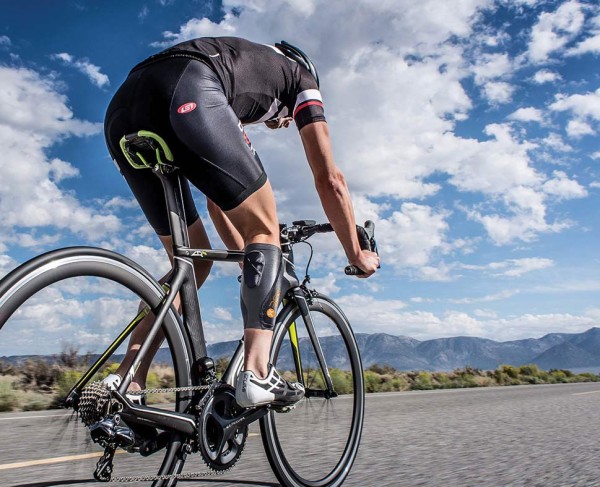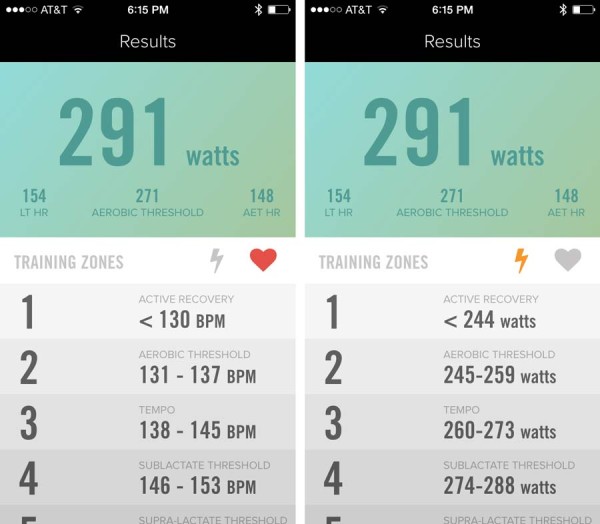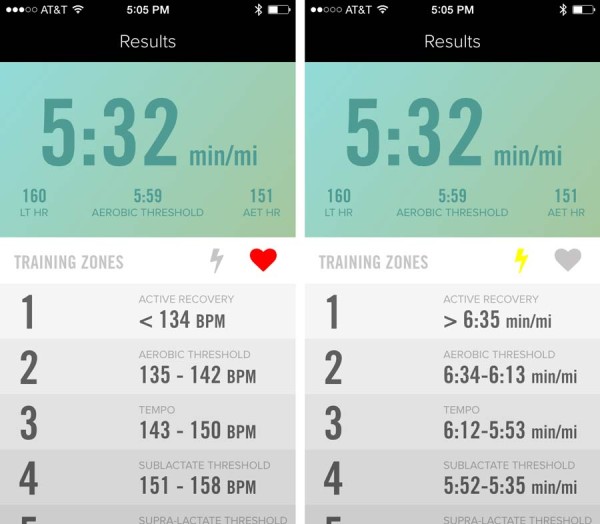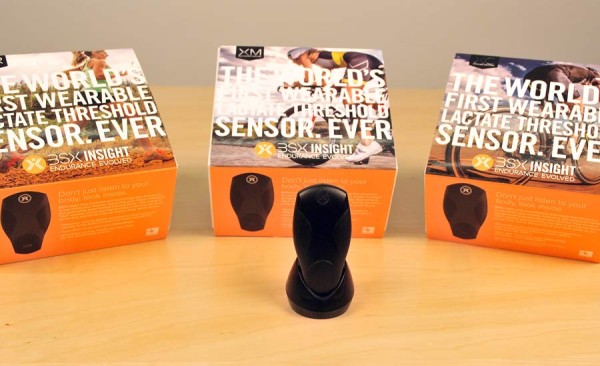At Interbike, BSX Athletics introduced the BSXinsight, a wearable, fully external lactate threshold monitor that measures your threshold using LED light and sending the readings to your smartphone via Bluetooth. You hop on the trainer, start the workout on your phone and proceed to crush yourself for 30 minutes. The result, as originally planned, was that you’d then know your anaerobic threshold.
But, in the months since the show, it’s learned a new trick.
“One of the things we learned since introducing it at Interbike is that not only did we have the ability to measure anaerobic threshold (lactate threshold), but also the aerobic threshold,” Dustin Freckleton, co-founder and president, told us. “That makes the zone determination a lot more accurate, letting you tune your workout to improve the specific type of performance you want to target.”
There’s a lot of different terminology out there, so let’s clarify what the two mean. Aerobic Threshold is commonly called LT1, and Anaerobic Threshold is LT2, with the numbers basically corresponding to the order in which they occur in your body. LT1 is just a small bump, when you first see lactic acid levels go above baseline. LT2 is when the graph really starts pointing upward and you start producing more than you can clear. For all practical purposes, everything before LT1 is purely aerobic, everything after LT2 is purely anaerobic. In between the two is a blend.
So, what’s the benefit of knowing your aerobic threshold?
If you can keep inside your aerobic capacity, then you’re operating at the most efficient level, which means you can go farther without bonking. By testing it, you correlate your heart rate and/or power output to your LT1, and then you know where you need to stay during longer races to avoid blowing up before the finish.
Without a device that produces a specific LT1 number, you’re left guessing what that level is. There are some percentage-based estimates, but this gives you a number specific to you and you alone.
They’ve updated the firmware that includes the new dual measurement into the first units that will ship by end of March.
The cycling edition retails for $369. They also offer a $299 running version, and a $419 multisport model that’ll do both.



